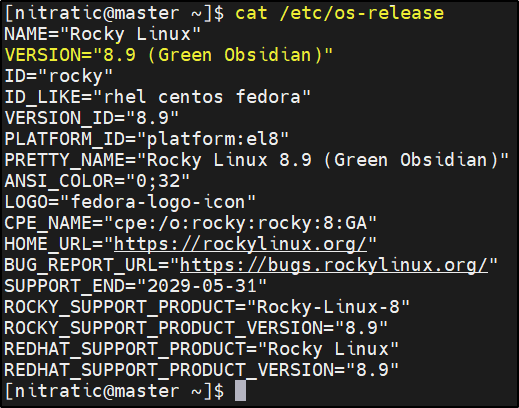The major events of the GSM Technology Development from the early 1980s to 2000s.

During the early 1980s, in the cellular telecommunication sector, the analog cellular telephone system was exponentially growing in Europe. Mainly in Scandinavia, the United Kingdom, France, and Germany. Since there was no common standard to follow so, each country developed its own system which was incompatible with other equipment and operators. Moreover, the mobile equipment was limited to operation within national boundaries. Also, a very limited market for each type of equipment adversely affected the economics of scale and the subsequent savings of the manufacturers.
AMPS (Advanced Mobile Phone System) in the United States and TACS (Total Access Communication System) in the United Kingdom used analog cellular technology. However, these telecommunication systems unable to scale with the adoption of more new users and could only be used within the national boundaries.
In 1982, Nordic Telecom and Netherlands PTT propose to CEPT (Conférence Européenne des Administrations des Postes et des Télécommunications), the development of new digital cellular standard to cope with the burgeoning demand on Europe mobile networks. So CEPT formed a study group called GSM (Groupe Special Mobile) with an objective to study and develop a pan-European public land mobile system that has to meet certain criteria:
- Support for international roaming
- Support for a range of new services and facilities
- High speech quality
- Low terminal and service cost
- Ability to support handheld terminals
- Spectral efficiency
- ISDM (Integrated Services Digital Network) compatibility.
Germany, France, and Italy signed a joint development agreement for the adoption of an identical, digital standard to enhance the development concept of GSM in 1984, which forced the CEPT to adopt a digital standard.
In 1987 of February, the basic parameters of the GSM standard agreed upon then in September, the representatives from 13 European countries signed a Operator Agreement in the form of a Memorandum of Understanding (MoU) to deploy a telecommunication standard- GSM. After two years later, the responsibility of the GSM project was transferred from CEPT to the ETSI (European Telecommunication Standards Institute).
In 1991, the mobile services based on GSM was initially launched in Finland and also the GSM standard frequency band has expanded from 900 MHz to 1800 MHz. In the meantime, the first international roaming agreement was signed between Telecom Finland and Vodafone UK in 1992 .
The coverage of main roads GSM services started outside Europe in 1993 where GSM subscriptions reached 1 billion in 2004 and the introduction of several cellular technology generations over the period of time to overcome the limitation of their predecessors.
References:
Bekkers, R., Duysters, G., & Verspagenb , B. (2002). Intellectual property rights, strategic technology agreements and market structure The case of GSM. ELSEVIER, 1141–1161.
Hillebrand, F. (2013). THE CREATION OF STANDARDS FOR GLOBAL MOBILE COMMUNICATION: GSM AND UMTS STANDARDIZATION FROM 1982 TO 2000. IEEE Wireless Communications , 24–33.








